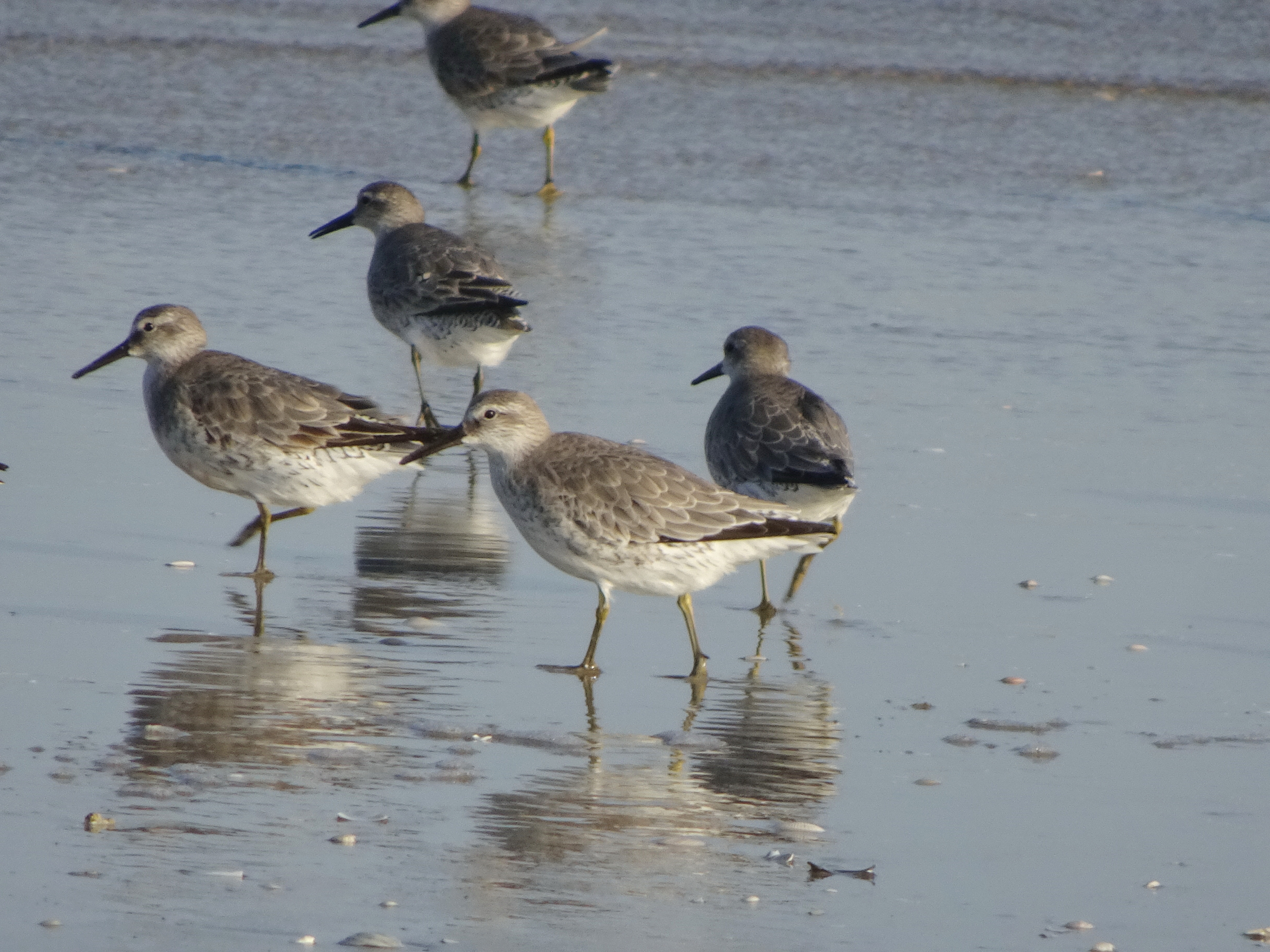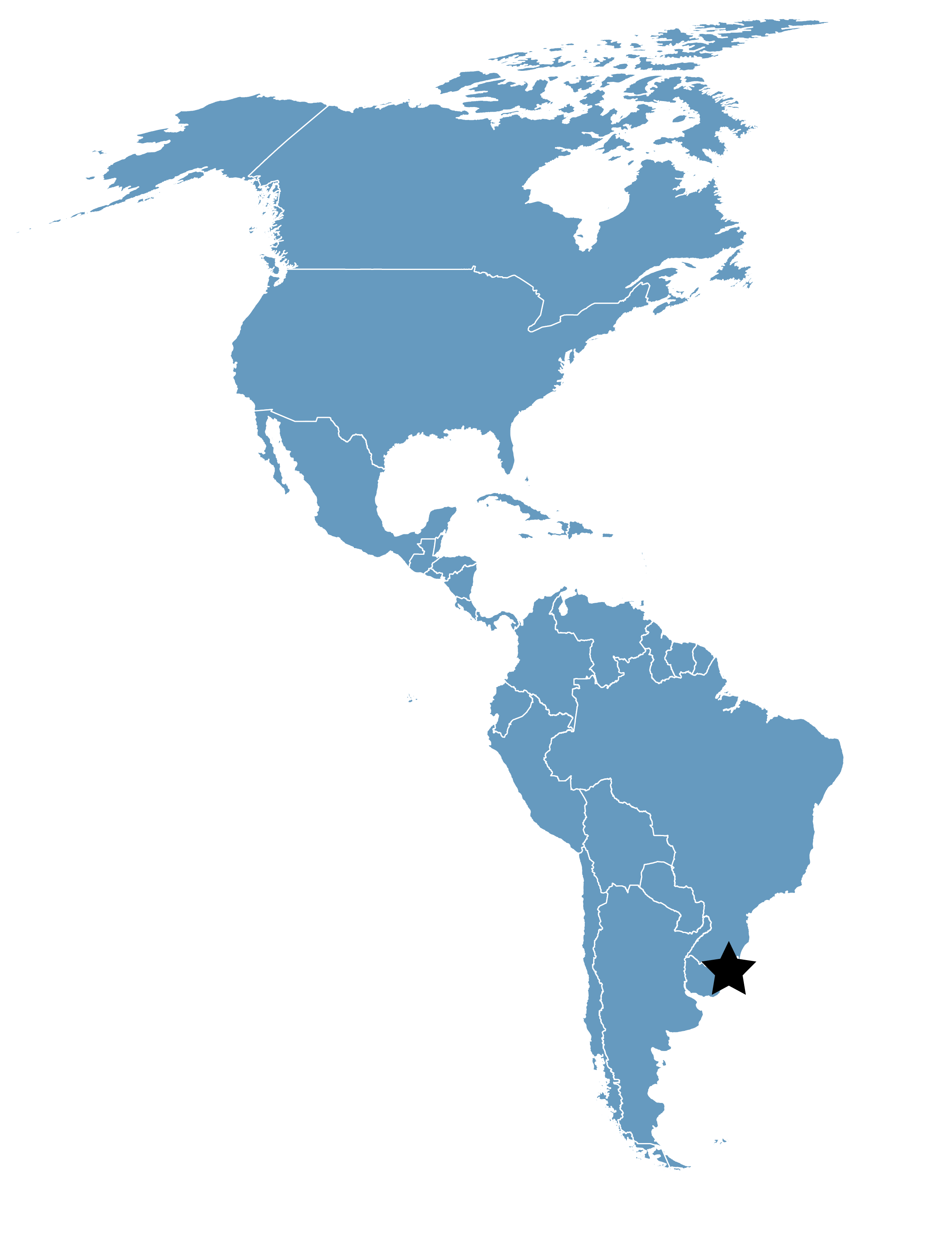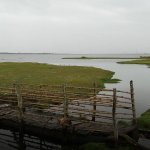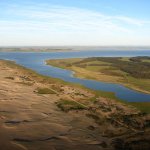Lagoa do Peixe
Location
Rio Grande do Sul, Brazil
Category
International
Basis for Designation
Supports 10% of the Atlantic coast population of Hudsonian Godwit (Limosa haemastica) and Red Knot (Calidris canutus rufa).
Size
34,400 hectares (85,004 acres)
Date Designated
September 1990
Site Owner
Lagoa do Peixe National Park
IBAMA (Brazilian Institute of Environment and Renewable Natural Resources)
Site Partners
CEMAVE
SAVE Brasil
Overview
The Lagoa do Peixe National Park protects one of South America’s most outstanding refuges for long-distance migrants. Its habitats are unique, including open sea, salt, brackish and fresh water lagoons with associated wetlands, beaches, and dunes. Geological sediment formations are of Pre-Cambrian with Quaternary sediments, continental and marine sources, usually alluvial and marine depositions. It has a natural connection with the sea – when closed, the water level is high, mainly in the fall and winter, associated with south winds- Minuano and high tidal. This opening can be artificial, using agricultural tractors. When the bar is opened, its linkage with the sea waters enables an intense nutrient flux with an associated high primary and bottom invertebrate productivity. Typical salty and brackish marshes can be found deep inland, following the water movements caused by the winds inside the National Park.
However, such invertebrate richness is also responsible for one of its major threats, as shrimp (Pennaeus spp.) harvesting and (Mugil spp.) fishing attracts hundreds of seasonal fishermen, which affects the natural resources through poaching. There is rich diversity of vertebrates, but little information is available or published. In the open portions, the flora includes Spartina ciliata, Senecio crassiflorus, Irisine portulacoides and Paspalum vaginatum. On the west border at paleodunes, there are Rapanea umbellata, Guapira oposita, Lithraea brasiliensisand Daphnopsis racemosa.
Ecology and Conservation
Lagoa do Peixe is visited by 19 neartic species of shorebirds during the austral spring and summer, 3 austral species during the winter and also by 5 local species. The area hosts several species of special concern, such as the Hudsonian Godwit, Red Knot, Buff-breasted Sandpiper and Rufous-chested Dotterel. The 3,000 Hudsonian Godwits represent at least 10% of the Atlantic Coast population (counts do not take into account turnover). For the Red Knots, the 13,000 birds represents 10 – 21.6% of the American subspecies, Calidris canutus rufa. Brian Harrington estimates the population to be about 60,000 to 130,000 (+- 100,000) individuals (Harrington, pers.com). These figures do not take into account any turnover, which certainly occurs in the area, since there are Red Knots in Lagoa do Peixe from mid-March to the beginning of May.
Lagoa do Peixe is visited by 19 neartic species of shorebirds during the austral spring and summer, 3 austral species during the winter and also by 5 local species.
The density of Litoridina spp. (snail) and Polychaeta in the lagoon tend to increase from January onwards. This coincides with the arrival of migrant shorebirds. According to Lara Resende, during the peak period for migratory birds in the lagoon, the food availability is sufficiently high in the barra region and/or the beach to supply energy for the birds to recover, molt and gain extra fat reserves to continue migration.
Other birds present in the area are Black-necked Swans, Coscoroba Swans, 15 species of ducks, 7 tern species, skimmers, Peregrine Falcons and Chilean Flamingos. The area also supports estuarine breeders such as shrimp and salt water fishes, otter, Lontra longicaudis, capibara, Hydrochaeris hydrochaeris, dolphins, skunks, foxes and others animals. Vegetation is characterized by Scirpus spp., Potamogeton, Eichornia, Pontederia, Echinodorus, and others in the fresh water lakes and marshes. Sand dune vegetation to the east and grassland to the west are vegetated with plantations of pine in the northern areas, and native coastal scrub in the south.

Red Knots in the beach sector of Lagoa do Peixe National Park. Photo: Diego Luna Quevedo.
Land Use
There is extensive cattle grazing, and farming (mostly onions, but some corn and rice). Fishermen harvest from the lake and sea, and commercial shrimp fishing also exists. Trawlers set nets along the coast.
Protection
The site was declared a National Park (Lagoa do Peixe National Park) in November of 1986, due mainly to its importance for shorebirds. Prior to this declaration, plans existed to develop the area for tourism and shrimp farming. The work conducted by CEMAVE-IBAMA, FZBRS, UNISINOS, WWF-US, CWS, Manomet Center for Conservation Sciences and others helped to protect the site.









